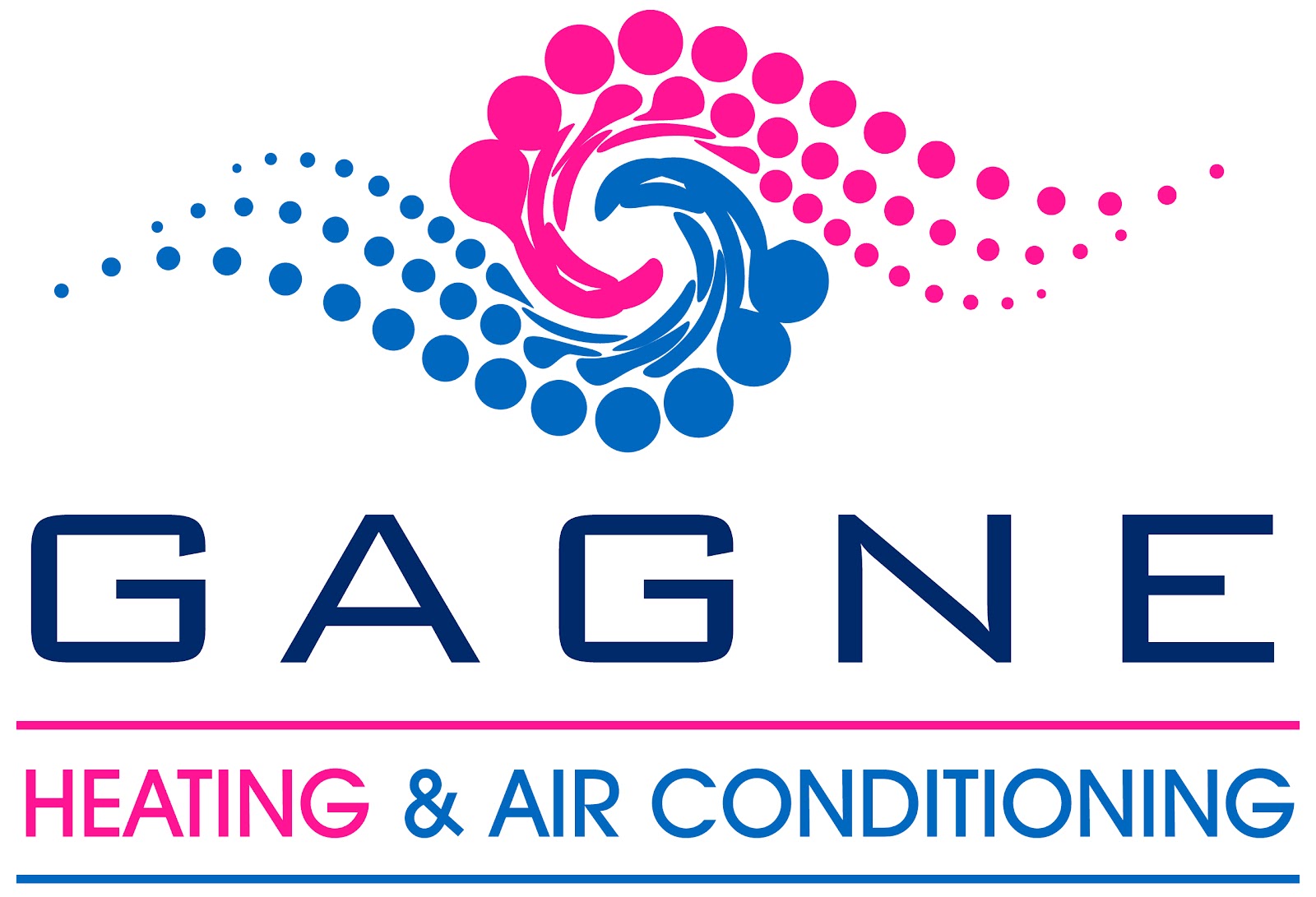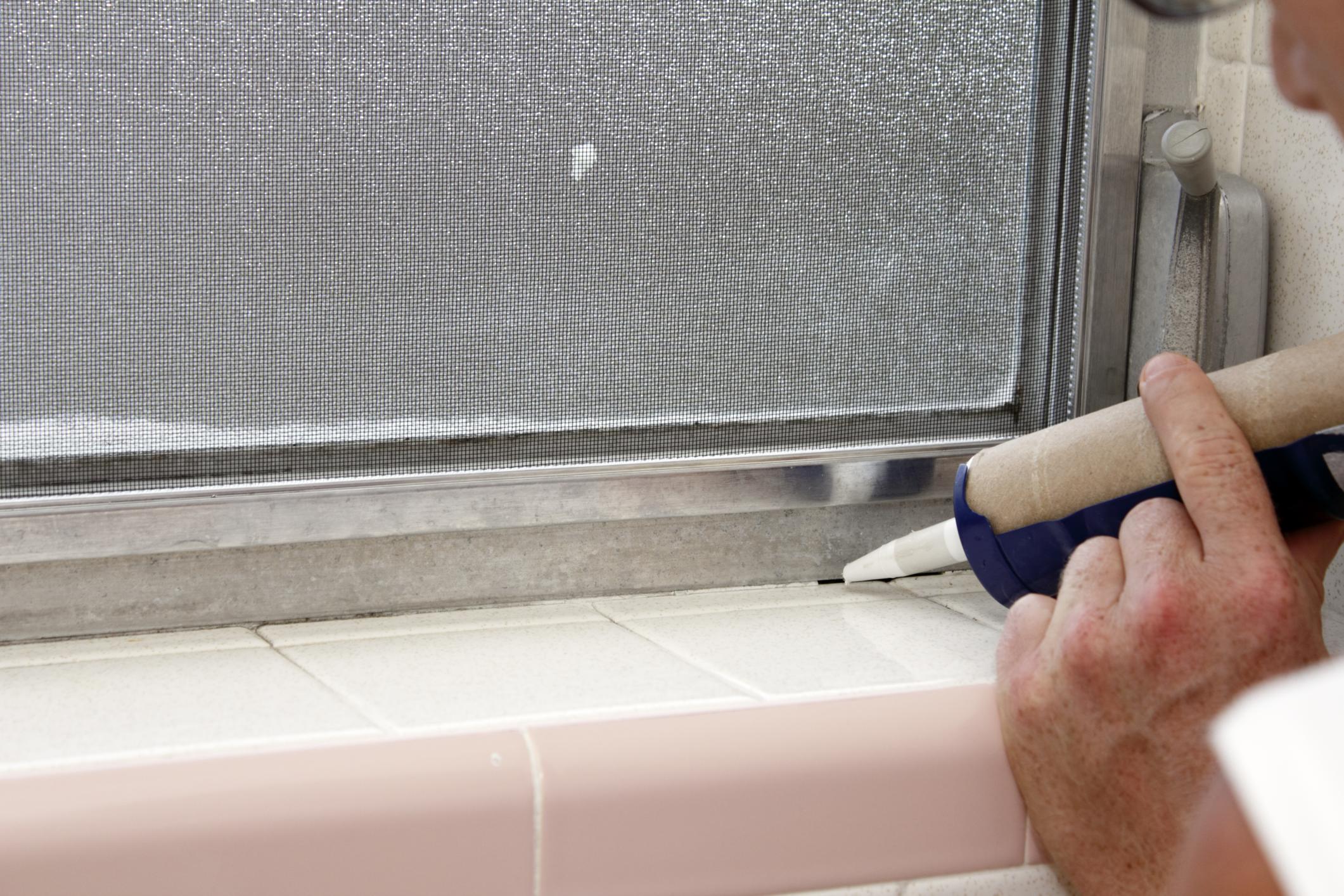Cracks around the outside of your house can lead to air leaks, which hurts the overall energy efficiency of your home. By caulking these cracks, you can keep the warm (or cool) air inside.
Caulking is a fairly easy and inexpensive way to help reduce wasted energy and save money on that monthly bill. All you need to get started is caulk, a caulk gun, a putty knife or scraper, some rags (or paper towels) and a spoon.
Once you have these items, here are some instructions on how to proceed:
-
- Prep the area. To ensure the best seal, you should clean up the area first. Use the putty knife or a scraper to remove any paint or old caulk that may be there. Don’t simply caulk over it or cracks will appear sooner down the road.
-
- Set up your caulk gun. Follow the directions for your specific caulk gun and insert the caulk tube into the gun. Make sure the caulk gun is working properly first by testing it on a paper towel. This can also help you feel the pressure for using the gun.
-
- Spread the caulk. Holding your caulk gun at a 45 degree angle, apply a line of caulk to the crack. Ideally, you’ll want to maintain a constant stream. This will produce a better seal than starting and stopping.
-
- Tool the caulk. After filling a crack, use a damp spoon to press the caulk into the crack; ensuring that it’s fully filled.
-
- Immediately fix mistakes. It’s easier to fix your mistakes while the caulk is still wet. To fix the mess up, dampen a rag or paper towel and wipe off the caulk. Then try again.
- Wait for the caulk to dry. After about 24 hours, your caulk should be completely dried.
As you can see, caulking your home is a quick and easy way to save yourself some money on your heating and cooling bill. With a little bit of elbow grease, small cracks around windows and doors can be fixed on your own. However, larger cracks should be handled by an A/C repair specialist.
If caulking around your home doesn’t help your air leaks, contact our metro-Atlanta HVAC technicians today. You can also visit our knowledge center for more information about heating and cooling systems.

